Introducing you to Pour Over Coffee Brewing
Why shouldn’t you just brew an amazing cup of coffee at home?
Brewing coffee at the convenience of you home is becoming increasingly popular. When scrolling through your Instagram feed, do you wonder why are a new generation of people becoming obsessed with brewing their coffee through a small plastic cone?
It enables you to control every variable in the brewing process to create a cup that's exactly suited to your taste. This post is confined to pour over devices, but if you're interested in other methods then check out our Beginner's Guide to Immersion Coffee Brewing.
We have been doing it for quite a while now, and I’m here to convince you to give it a try.
Why you should make coffee in this way
It’s cheap to make at home
You don’t need complicated equipment or machinery
The process is relatively simple
The taste is much more complex, less ‘intense’ than espresso coffees.
This “ritual” forces you to slow down for a few minutes (rather than pressing a button on a machine).
It makes you realize that you don’t actually need milk, sugar, syrup, that’s used to masks the flavor of BAD coffee.
The strange satisfaction in considering a takeaway coffee, and then realizing you can make a far better one at home :)
Things that affect the taste of coffee, in order of magnitude
- The bean, and how it’s roasted
- Ratio of coffee to water
- Length of extraction (how long the coffee is in contact with the water)
- The grind (coarseness / uniformity)
- Atmospheric pressure during the extraction
- Water temperature
- Other water characteristics (hardness, taste etc.)
- Other countless small things
When we’re brewing, we’re really just focusing on ratio and length of extraction. If we get these right, we should end up with a decent cup of coffee.
Things you need
Good filter-roast coffee beans.
There is a huge selection of different coffee beans but for filter coffee, you’re going to really taste the bean a lot more than with other coffee. Buying bad quality coffee beans for this, means you’re losing from the outset. Filter roasts are usually lighter than an espresso roast. The likelihood is that these guys care a lot about good coffee, and you’ll end up with something far better than a product from the supermarket shelf.
A grinder
The coarseness of the grind is a huge factor in how your coffee will taste. If you want to invest in a grinder, make sure it’s a burr grinder— the blade grinders won’t get the grind fine or consistent enough.
If you are not sure yet which coffee grinder you want to invest into we recommend you to ask your barista in a local coffee shop.
A kettle
Not much explaining required here. You need to boil water. Although we can recommend to try out pour-over-coffee kettle. It keeps the temperature and has slowest flow rate that makes it easier to control while brewing than just a regular kettle.
Dripper
We are using all kinds of pour over method. For starting out, a Hario V60 dripper kit is just enough. There are both plastic and ceramic versions, the plastic one does just as good as a ceramic. You can try other brewing methods like, Chemex or the Kalita droppers. It is really just up to you which design you like the most.
Filter
Each brewer has its own filter that suits into its dripper. Just make sure to get the correct one.
Vessel
Simply the coffee needs to drip into something as it filters down through the coffee. This can be a mug, a pot, pretty much anything, as long as the funnel sits on top of it. If you have a chemex then you do not need this. One of our favorite vessel is the Hario glass server.
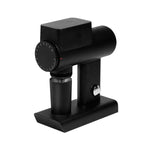
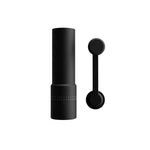



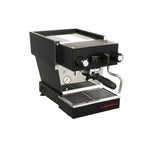




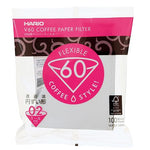

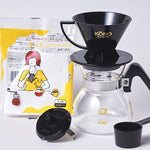
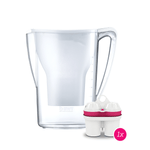
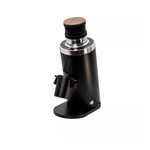
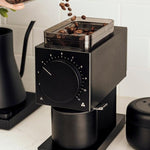
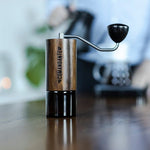

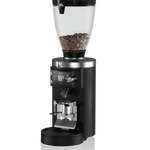
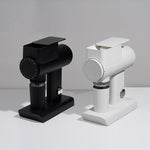
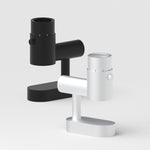
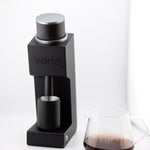
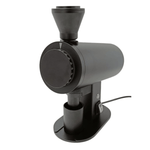
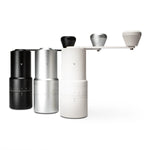

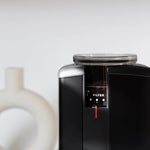
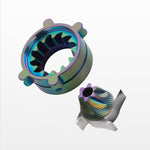

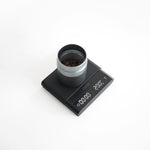
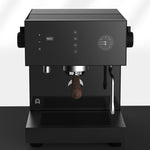
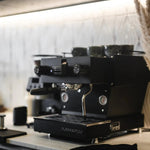
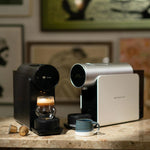
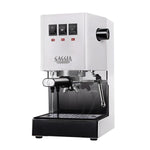
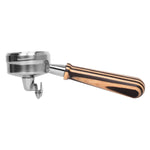
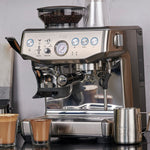
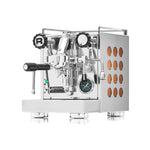
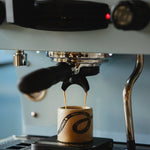



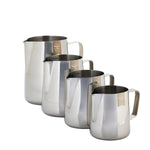
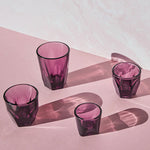

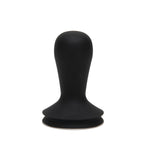
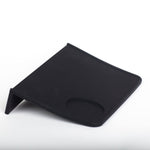
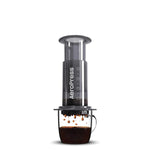
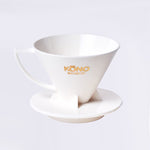

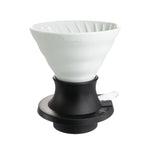
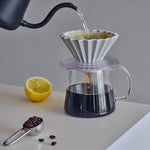
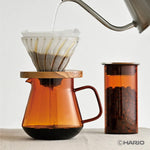
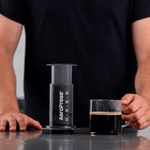
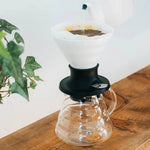
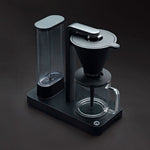
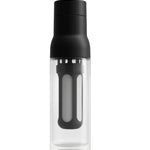
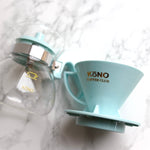
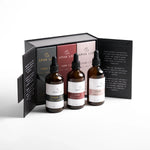

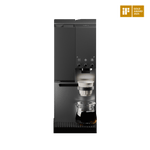
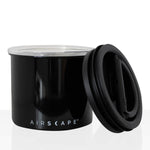
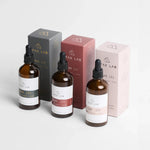
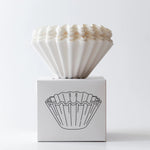
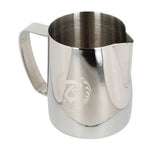

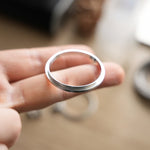

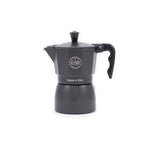
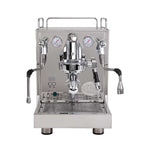
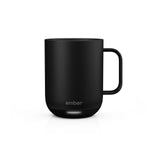
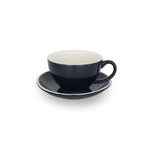
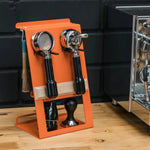
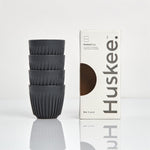
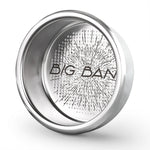
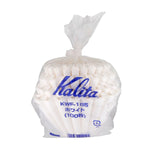
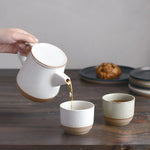
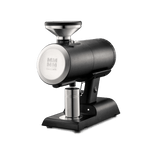
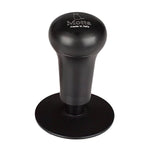
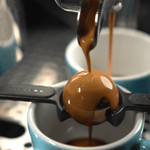

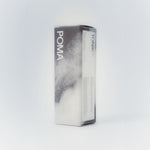

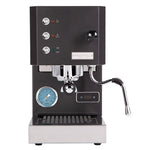
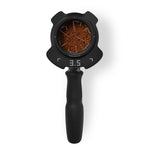
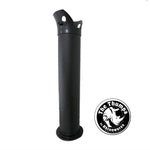
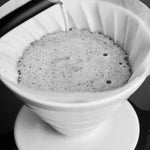
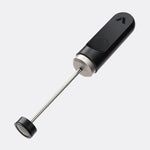
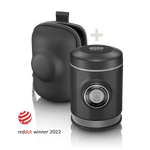



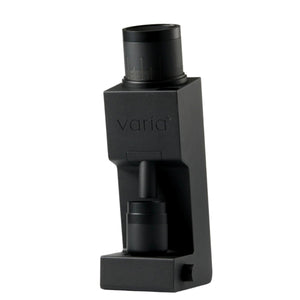
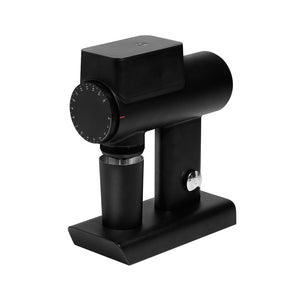
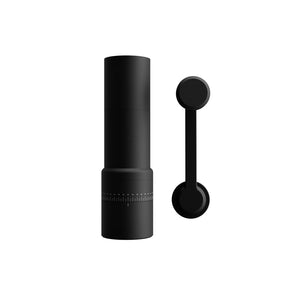


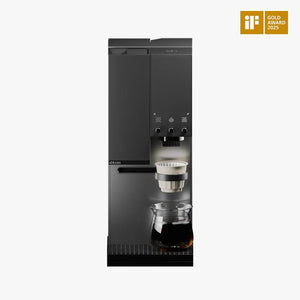
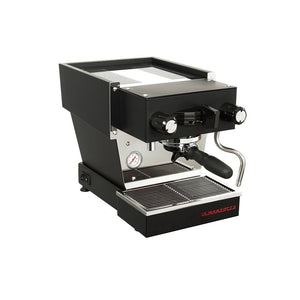
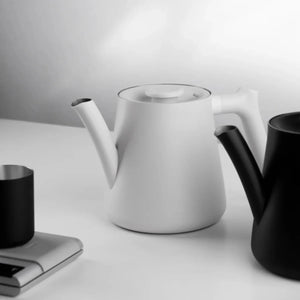
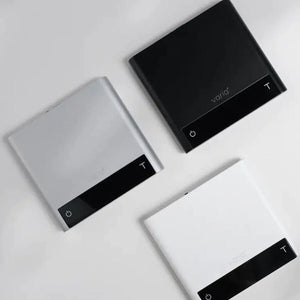
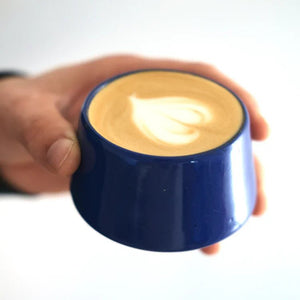
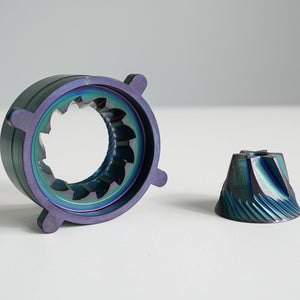
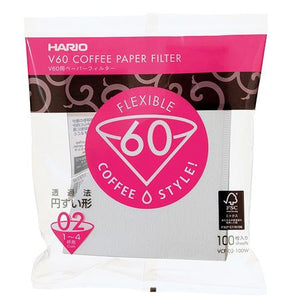
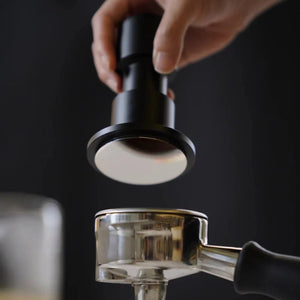
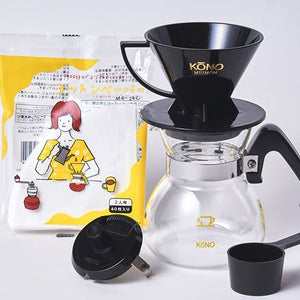

Leave a comment